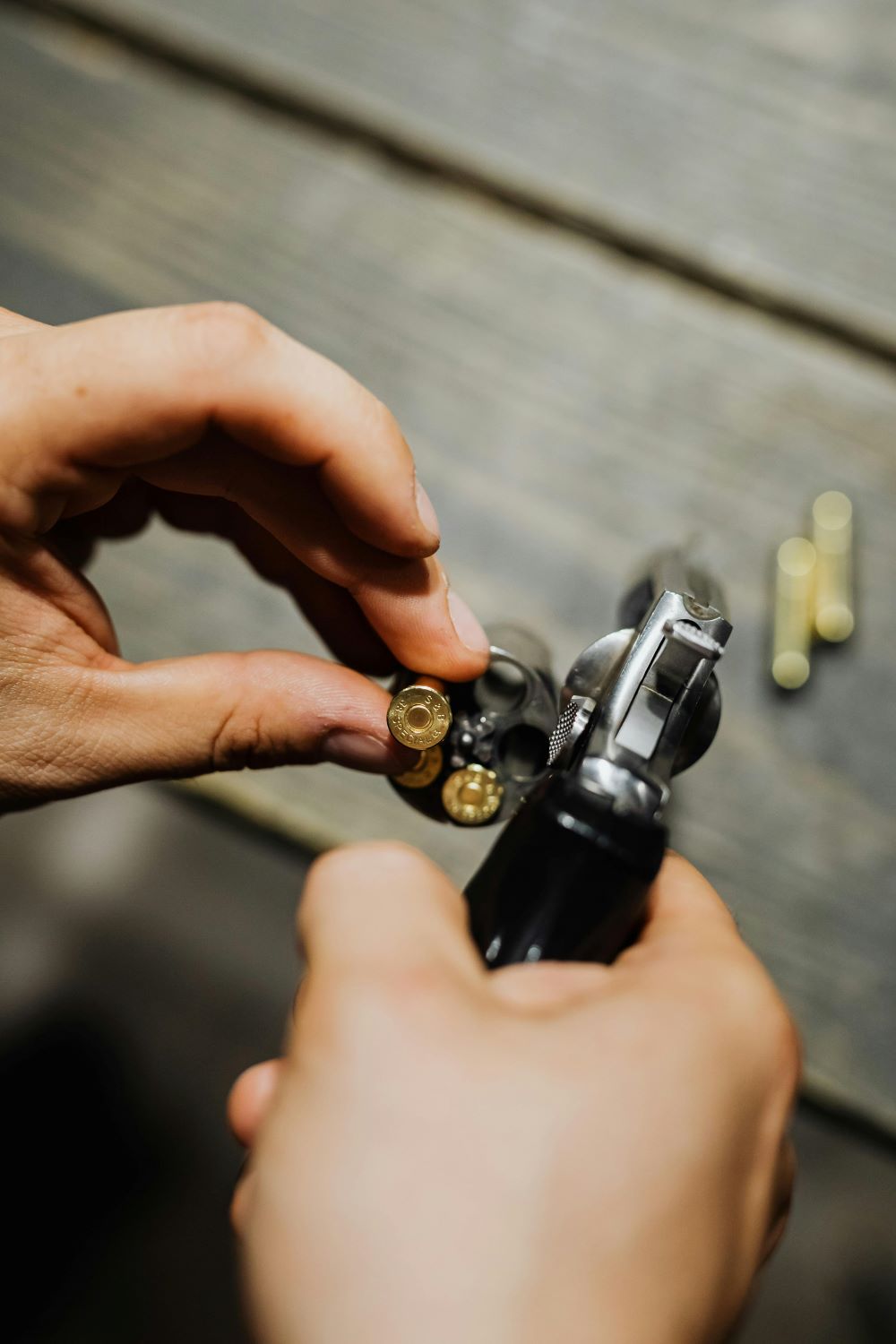New research shows that children of gun owners could be at increased risk of lead poisoning.
Lead exposure in children is a major health concern and new research indicates that elevated levels of lead in children may be linked to the presence of firearms in the home. This is an important finding because lead exposure can come along with a long list of troublesome issues including reduced cognitive abilities, poor growth, behavioral problems, and more. Keeping children away from lead exposure is an important step toward giving them a good chance to live a healthy, prosperous life in the years ahead.
At first, it might not be obvious why there would be a significant risk of lead exposure to children in homes where firearms are present. As this study found, however, it does look like there is a connection, and it’s something worth considering for all parents and guardians.
When looking at data from 44 U.S. states, researchers from Brown were able to find a link between elevated levels of lead in children and firearm ownership in the home. That connection held up even when other potential lead exposure sources were controlled within the study. The issue of lead exposure has been carefully studied by many groups over the years, but a connection to firearm exposure hasn’t been studied as closely to this point.
Overall, the data used for this study showed a strong connection between firearms and lead in children. Specifically, as household gun ownership went up 10%, the increase in cases of elevated pediatric blood lead levels went up 30%. That doesn’t automatically mean there is a direct connection between the two, as other factors could be at play, but it’s worth further exploration in the years to come.

Trying to figure out how lead exposure could happen because of firearms in the home leads researchers to consider a number of possibilities. One potential mechanism at play could be the adults in the home bringing home traces of lead on clothing and other materials after firing ammunition at a range. If the ammunition is lead-based, the residue that settles on clothing and other personal items would contain lead and could then be transferred to the children in the home on a second-hand basis. For example, if a small child touches the clothing of an adult, and then puts that hand in their mouth, the lead could make its way into the bloodstream.
Unlike with other forms of potential exposure, such as lead paint, very little has been done or even thought about in this potential exposure area. As is often the case, it will be necessary for further research to be completed before it can be determined whether or not lead exposure from firearms in a home should be considered a meaningful risk factor for young people who live in the home. These early findings do at least signal the need for more research and work to be done in this area so parents and guardians can protect young people from a risk that they might have never otherwise considered.
Sources:
Firearm ownership is correlated with elevated lead levels in children, study finds


Join the conversation!